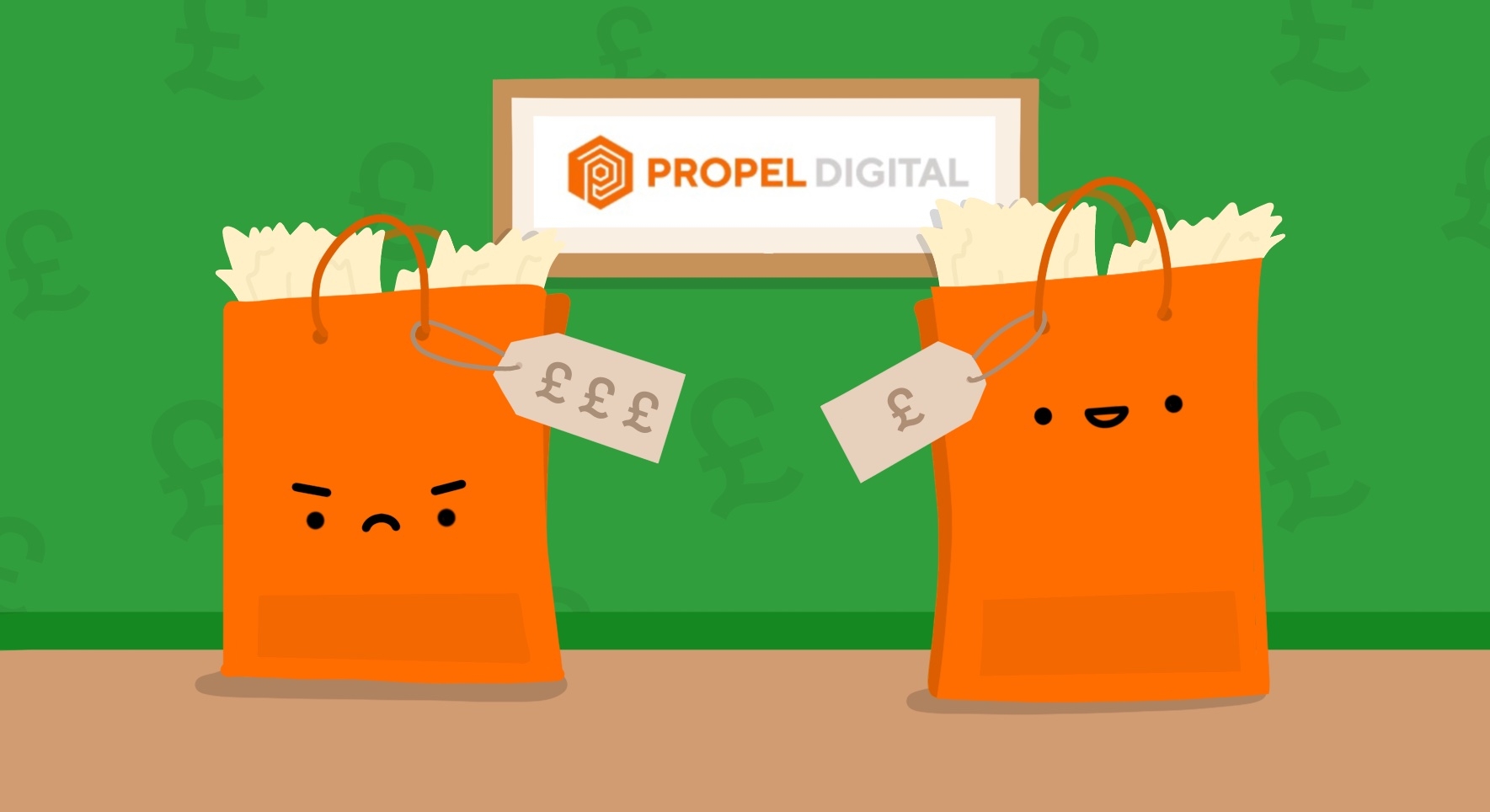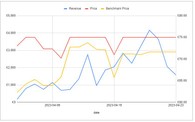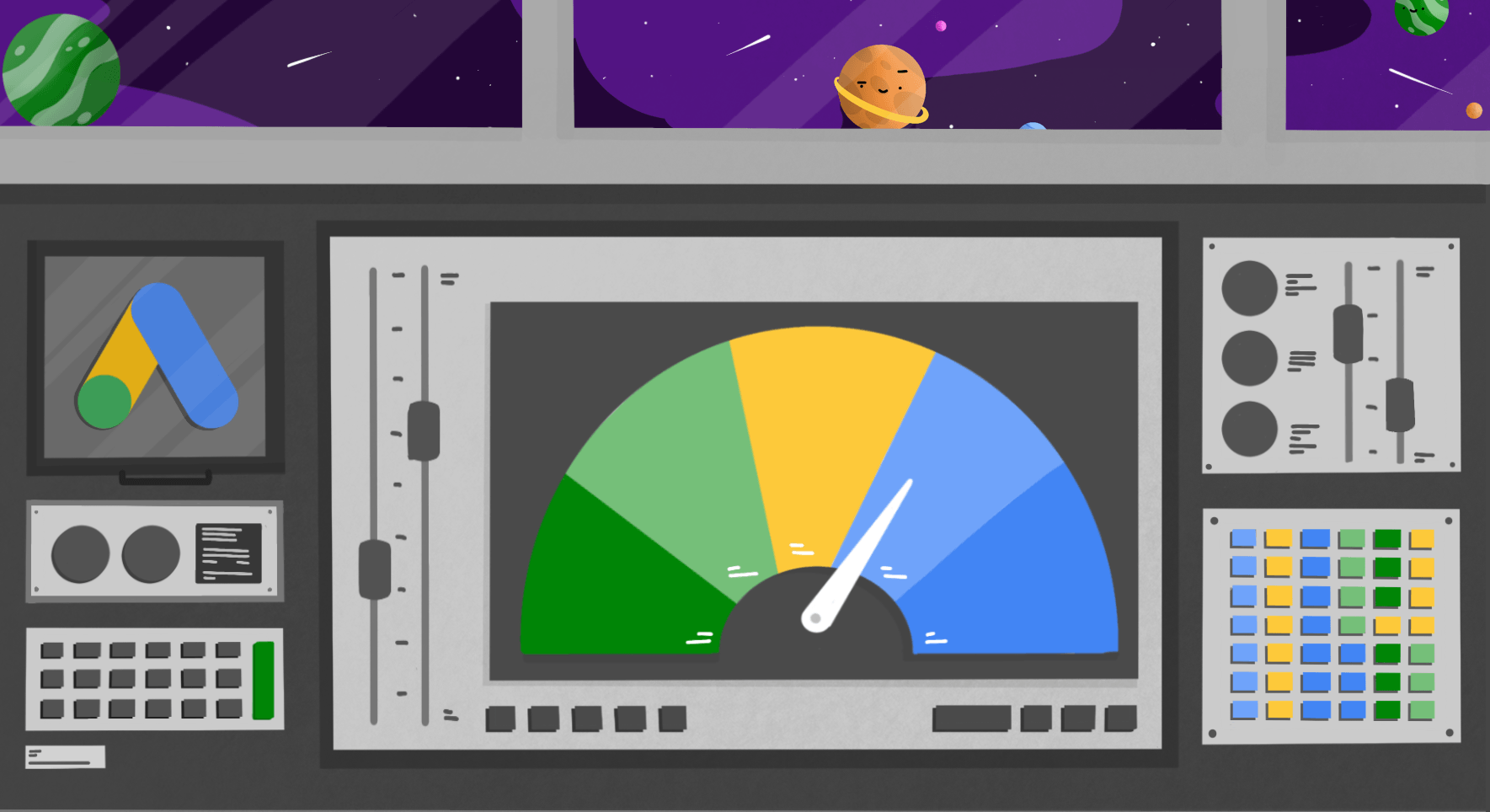To be successful on Google Shopping, price matters. A lot.
Products in the “shopping feed” are ranked on a variety of factors, with price being one of the main determinants of positioning. Basically, if your products are priced too high, they’re less likely to show up in the shopping feed, and you’ll miss out on potential sales.
Why Price Competitiveness Matters
Google Shopping users are often highly price-sensitive. They’re looking for the best deals, and they’re not afraid to switch retailers if they find a better price.
With millions of products listed on Google Shopping, there’s fierce competition for clicks and conversions. So if you want to stand out, you need an edge. And price can give you that.
The bidding algorithms are the engine of your campaigns, and data is the fuel. So if you’re not incorporating one of the most important Google Shopping data points (i.e. price competitiveness) in your strategy you’re going to get left behind.
How to Track Your Price Competitiveness
Traditionally, if advertisers wanted to track price competitiveness, they’d purchase a 3rd party tool that tracks price on individual SKUs / Product IDs, against a set of fixed competitors.
This data can be useful if people are searching for specific individual products, and there are a limited number of merchants selling the product.
In reality, Google prefers to show a mix of product types in the shopping ad unit. This increases the likelihood that someone will see a product they’re interested in, and therefore click (meaning Google gets paid). Additionally, people using more generic searches aren’t looking for a specific product, and displaying a variety of products makes more sense.
In these cases, it’s more important to track your price, relative to the other products being shown in the same auctions. The script created by Propel Digital starts collecting this data from the moment it is implemented in your Google Ads account.
Note:The entry-level version allows you to collect performance data for 5 SKUs and plots it in a Google Sheet alongside your price competitiveness benchmark. You can then assess the impact of price on performance, and start taking action against it.
How to Use Price Competitiveness Data From the Script
Once you’ve tracked your price competitiveness, you can use the data to improve your Google Shopping campaigns. Here are a few tips:
- Collect the data, and set up reports and visualisations. Analyse the data and determine what impact price has on your performance. In our experience, price impacts performance in 2 ways:
- The more price competitive you are, the more your ads will show, and the more traffic you will drive. Price is a key driver of Google Shopping ranking / positioning.
- An improvement in price competitiveness increases conversion rate, leading to more conversions (or vice versa).
- Create a custom label in your feed based on good, average and poor price competitiveness. This will allow you to segment your campaigns accordingly. You can then use different budgets and bid strategies on those campaigns.
- Setup alerts that tell you when there has been a change in price relative to your competitors. Most PPC account managers don’t control prices, but can talk to the merchandising team that does. Create an automated process that informs both teams, so that action can be taken to address the performance change following a move in market prices.
Case Studies
Here are a few case studies from retailers who have used price competitiveness data from the Propel Digital script to improve their Google Shopping campaigns:
Sports Retailer: An online sports retailer selling commodity-style products with very little differentiation across different advertisers, noticed a clear drop in conversion rate and sales when price competitiveness deteriorated. The merchandising team immediately reduced the price just below average market rate, and conversion rate soared higher than it had been previously. No changes in Google Ads were needed from the PPC account management team to improve performance here.
Women’s Fashion Retailer: After seeing volatile performance of hero products, the paid search team implemented price competitiveness tracking to review if this was to blame. They noticed a clear drop in impressions and clicks when price competitiveness dropped. Upon reducing prices, this led to much higher ranking in their eligible auctions, and therefore higher traffic, sales and ultimately profit.
Next Steps
Once you’ve downloaded Propel Digital’s script, the document has clear instructions on how to implement it, and if you need additional support you can contact them directly at info@propeldigital.com
Start tracking your price competitiveness today and see how the data can help uplift your campaign performance.
Protect Your Shopping Ads From Fake Traffic
Ads are for humans, not bots. Get a demo and save up to 25% of your advertising budget by automatically eliminating fake ad engagements across all paid channels.






